Are You Confused By All The Popular Health Diets Out There?

It seems as though every other day a new “restrictive” diet is popping up. Paleo, vegan, FODMAP and the list goes on (endlessly). Why we, as a society, feel the need to label our eating habits is a whole issue unto itself, but the bottom line’s this: figuring out what each of these diets even entails is a daunting challenge!
By now you know that certain kinds of food just aren’t good for you. Highly processed, commercially available items like fast food are particularly detrimental to overall health. Studies show that “fast-food consumption has strong positive associations with weight gain and insulin resistance, suggesting that fast food increases the risk of obesity and Type 2 diabetes.”1
So maybe there are some obvious signs of the right general direction to head in. But when it comes down to it, where do you start when you’re ready to make a change? There’s so much information out there—oftentimes conflicting—that it can be difficult to know which way exactly to go.
It’s easy to become confused by what data and advice you find. Sometimes advocates of one way of eating can become overzealous and dogmatic in their portrayal of what they believe to be the best way. And it may be the best way for them, but not necessarily for everyone. Which is to say, there’s no one-size-fits-all solution to optimal health.

How to Choose What to Eat
What works best for each person is a customized diet, i.e. the “______ (insert your name here) Diet.” Individuals have different needs based on their symptoms, history, biochemistry, genetic make-up, current condition and perhaps above all, their goals.
Taking matters into your own hands and attempting to sort out some of the health issues that you’ve been dealing with on a regular basis by changing your diet can be empowering and life-changing. Outlined below are ten diets for you to compare and contrast in an attempt to determine what might work best for you, as you create the “Stephanie” or “Jack” Diet.
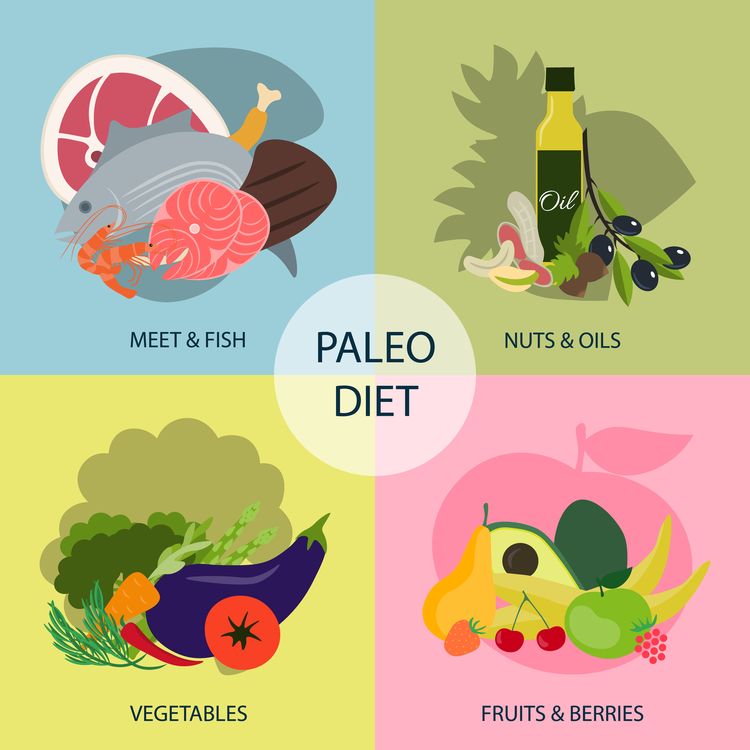
1) Paleo Diet
The Paleo Diet is sometimes called the ‘Caveman Diet’ because it hearkens back to eating the way our earliest human ancestors ate.
It consists of lean proteins from wild or grass-fed sources, organ meats, seafood, fruits, vegetables, mushrooms, honey, and healthy fats in the form of seeds, nuts, avocados, coconut oil, olive oil, and fish oil.
It eschews items that wouldn’t have likely been around when our hunter-gatherer ancestors were alive. Dairy, grains, refined sugars, legumes, white potatoes, and processed foods are all off-limits. Alcohol use should be limited.
Proponents assert that an agrarian culture has led to animals that eat grain instead of grazing on grasses, thereby increasing the amount of saturated fats in their meat. Saturated fats are linked to heart disease and are known to increase body fat.
Wild or grass-fed animal proteins are low in saturated fat and contain significant amounts of omega-3. Consumption of omega-3 fats lowers the risk of cardiovascular disease and has also been shown to help keep our brains functioning well.2
According to Robb Wolf, a well-known expert in the Paleo community, eating like our ancestors did can reverse symptoms of Type 2 diabetes and provide improved “blood lipids, weight loss, and reduced pain from autoimmunity.”3

2) SCD (The Specific Carbohydrate Diet)
The Specific Carbohydrate Diet aids people in eliminating digestive issues that range from the slightly uncomfortable to the chronic—a spectrum that makes it difficult to enjoy eating without fear of embarrassment or pain.
Although it could be safe and helpful for most anyone, it’s mainly intended for those with chronic diarrhea, ulcerative colitis, diverticulitis, Celiac disease, cystic fibrosis, and Crohn’s disease. In a recent study performed at the Children’s Hospital in Seattle, patients with Crohn’s disease followed the SCD and after three months showed resolution of symptoms.4
The Specific Carbohydrate Diet is sometimes called the ‘big brother’ of the GAPS Diet, as they share certain dietary tenets. The premise behind this diet is that by banning all carbohydrates that are not monosaccharides (disaccharides and polysaccharides), you’ll be starving out the bad bacteria that have thrown your gut (and body) into a state of imbalance.
The SCD consists of eating unprocessed foods, lots of good protein, and healthy fats, with no grains. Where they differ is that the SCD allows legumes, lactose-free fermented dairy, and eliminates most starches, as well as all sugar except for honey.5 Club soda, mineral water, weak tea or coffee, dry wine, bourbon, gin, rye, scotch, and vodka are also allowed.6
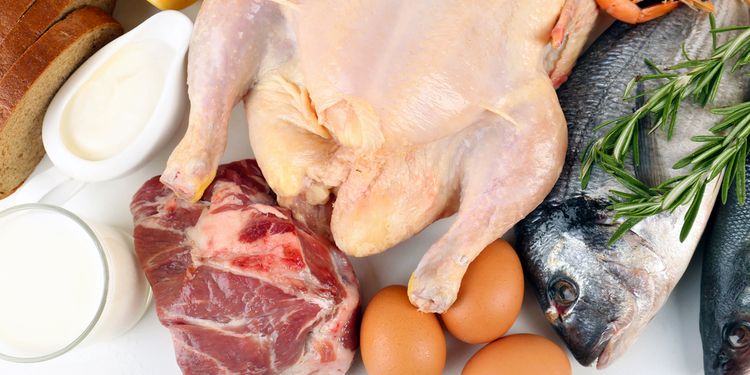
3) GAPS (The Gut and Psychology Syndrome Diet)
Dr. Natasha Campbell-McBride is a nutritionist and neurologist who specializes in treating patients with autism spectrum disorders, ADD/ADHD, dyspraxia, dyslexia, and schizophrenia by tackling what she believes to be the actual cause—compromised gut health. She developed the GAPS diet using the Specific Carbohydrate Diet as a springboard.
The GAPS diet is now also being used to treat autoimmune disorders and reduce inflammation. It’s a three-pronged system that includes diet, supplementation, and detox and lifestyle changes.
The diet entails eating lots of healthy vegetables, wild-caught seafood, nuts and legumes (sprouted or as nut butter are ideal), organic and unrefined fats and oils, aged, raw, and grass-fed dairy sources, organic and/or grass-fed meats, and (in moderation) fruits, honey and date paste, as well as wine.
On this diet you must avoid grains. 85% of all food consumed daily should be made of meats, fish, eggs, fermented dairy, and a mixture of raw, fermented, and cooked vegetables. Fruit and baked goods are to be eliminated for at least two weeks and then reintroduced only as snacks. Homemade stews, soups, meat stock, and fats must be included.
The introductory GAPS diet is followed in six phases by adding different foods at different times. Length of time in each stage is determined by changes in stool. Diarrhea must clear before moving onto the next stage.7 Then a full diet is followed for two years.

The Six Intro Stages of the GAPS Diet:
First stage: Only homemade stews, soups, meat stock and fats with probiotics from homemade fermented whey or dairy (or juice from fermented vegetables), tea from ginger, mint, or chamomile with a touch of honey.
Second Stage: Everything from the previous stage, plus gradually add in cooked or raw vegetables, raw organic egg yolks, fermented fish and one teaspoon of homemade ghee per day, and stews or casseroles with meat and vegetables; no spices except fresh herbs and salt.
Third Stage: All previous foods, plus add avocado, pancakes made only from organic nut butter, organic eggs, and squash or marrow cooked in ghee, goose, or duck fat, and sauerkraut and fermented vegetables.
Fourth Stage: Slowly add grilled or roasted meat, bread made like the aforementioned pancakes, cold-pressed olive oil and fresh pressed juice from carrot, celery, lettuce, and mint.
Fifth Stage: If all the foods eaten in previous stages have been received well, add in homemade apple puree made with ghee, duck, or goose fat. Raw vegetables such as soft lettuces and cucumber without the peel may also be added. If the body tolerates these, add raw cabbage, carrots, onion, and tomato. Apple, pineapple, and mango may be added to the fresh pressed juice. Avoid citrus.
Sixth Stage: Raw apple may be added, followed by other raw fruits and honey. Homemade baked goods may be introduced using dried fruit as a sweetener.
Once complete, you can move on to the full GAPS diet. For two years, all starches and sugars must be avoided. The diet consists of eggs, fresh or frozen fish cooked at home, shellfish, nuts and seeds, fresh fruits, and vegetables (raw and cooked). Fruit may be eaten only between meals.
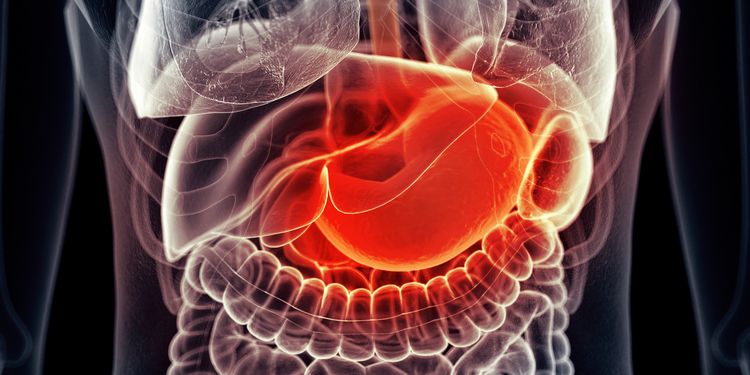
4) FODMAPs Diet
FODMAPs what? Mark Sisson, a leading healthy lifestyle expert perhaps says it best: “Quite possibly one of the strangest, seemingly contrived acronyms in existence, FODMAPs represents a collection of foods to which a surprisingly large number of people are highly sensitive.”8
Acknowledging these items in the diet of someone who has an issue with them can make the difference between feeling well and feeling really poorly. Digestive processes can become painful if you have issues with any of the FODMAPs. Gas, bloating, diarrhea, and constipation can all be made worse if you have FODMAP intolerance.9 Let’s break down the acronym:
Fermentable carbohydrates that don’t get broken down by digestive enzymes
Oligosaccharides, or short-chain carbohydrates, which include fructans and galactans
Disaccharides, or sugar molecule pairs, the most notable being milk sugar lactose
Monosaccharides, a simple sugar molecule
AND
Polyols, which are sugar alcohols, including xylitol, maltitol, and sorbitol
A person with Irritable Bowel Syndrome or small intestinal bacterial overgrowth (SIBO) should avoid these foods. If you haven’t experienced an issue with them, the FODMAPs diet might not be right for you.
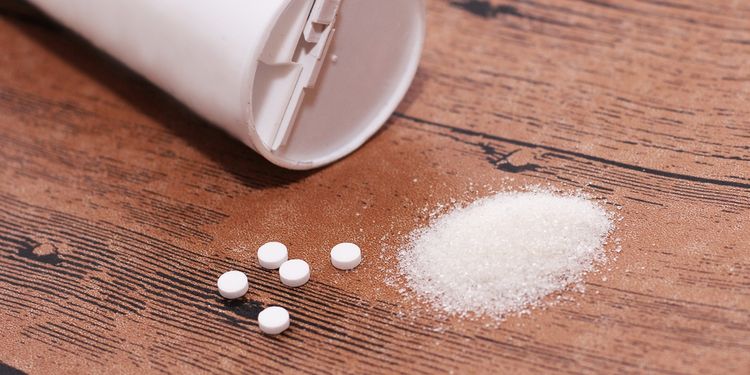
Natural FODMAP Foods to Avoid:
Vegetables: Artichoke, asparagus, beets, broccoli, Brussels sprouts, butternut squash, cabbage, cauliflower celery, eggplant, fennel, garlic, leek, mushroom, okra, onion, radicchio, shallots, sweet corn, and sweet potato.
Fruits: Apples, apricots, avocados, blackberries, cherries, grapes, lychees, mango, nectarines, peaches, pears, persimmons, plums, pluots, watermelon, dried fruit, and juices.
Sweeteners and Dairy: Agave nectar, honey, maltitol, mannitol, sorbitol, and xylitol. Any dairy item that has large amounts of lactose, like milk and soft cheese. Heavy cream or butter can also have a negative impact on those with high sensitivity.
Other Foods: Beans, rye, and wheat.
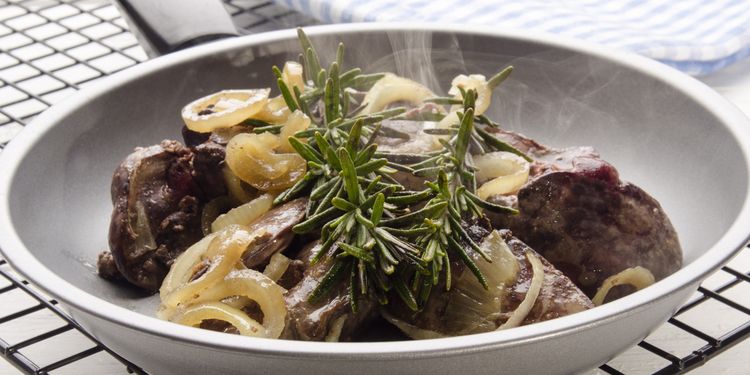
5) WAP (The Weston A. Price Diet)
The Weston A. Price diet is named for its creator, a dentist who traveled the world studying the diets of indigenous peoples and noting their physical and dental health. He concluded that nutrient-rich diets are the ideal way for humans to eat.
The WAP diet is very similar to the Paleo diet. This diet includes eating whole, organic, unprocessed foods – animals mostly in their entirety (meat, organs, feet, fat, and skin), bone stocks and broths, eggs, raw full-fat fermented dairy from grass-fed animals, fermented fruits and vegetables, and low amounts of nuts, seeds, legumes, and grains, all of which should be sprouted or soaked.
Coconut, olive, and palm oils may be used. Flax and sesame oils should be limited. Lacto-fermented beverages, condiments, fruits, and vegetables are allowed. Unpasteurized beer and wine, tea, and coffee substitutes are permitted in small quantities. No processed foods are allowed, and soy should be avoided.10
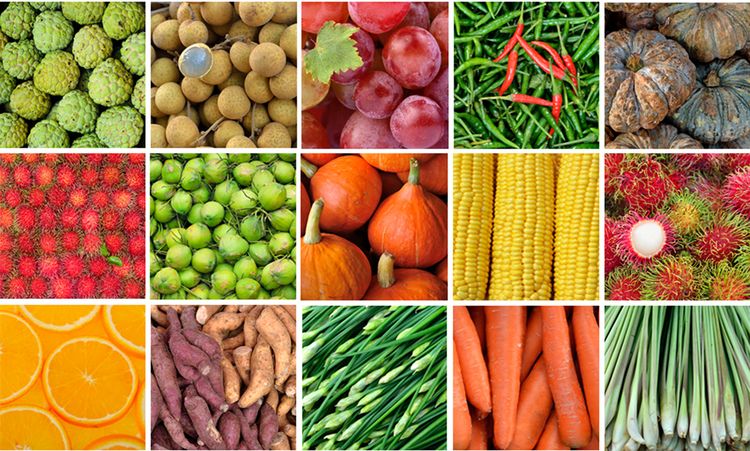
6) Real Foods Diet
Real food. Does anyone even know what that means anymore? If your diet is made up of foods that have a lot of exclamatory labeling (“Low fat!” “Fortified!” “Low carb!”) but not much nutritional value, a real food diet is a great place to start with getting healthy. It’s simple and doesn’t require a lot of expertise; there’s no calorie counting or worrying about whether a food is the right kind of carb or fat or protein.
It might require a shift in how you think about food, though. This way of eating cuts out all processed foods. Farmer’s market offerings, local, organic, and wild foods are where you’ll focus. You’re looking to eat food that’s in its natural state – lots of organic fruits and veggies, chicken, beef, milk, unsweetened yogurt, cheese, and eggs from whole organic pasture-raised sources, wild caught seafood, sweeteners like local raw honey and pure maple syrup (for limited consumption), unsweetened dried fruit, whole and raw seeds, nuts, and popcorn, and beverages like all-natural juices, coffee, tea, wine, and beer (in moderation), as well as plenty of clear, cold water.
Experts recommend heavily stocking your diet with real foods that are bursting with healthy oils, non-wheat fibers, flavonoids, and polyphenols to gain control over blood pressure. Eating real foods helps you to avoid a rush of insulin releasing into your system, since you’re avoiding processed wheat products, corn starch, and refined sugars.11

7) Vegan Diet
While many embark on diets as a way to become healthier or drop unwanted weight, many people who chose to follow a vegan diet also have ethical reasons for doing so.
For some, the idea simply springs from an attempt to do something about perceived animal cruelty. This could range from views about the mistreatment of animals in large food processing facilities to a philosophy of seeing animals as being much more than dispensable for human consumption.
A vegan diet differs from a vegetarian diet in that no animal products whatsoever are allowed. This includes all forms of dairy, as well as meat, seafood, and eggs. Vegetables, fruits, legumes, and grains are allowed. There’s no distinction made between unprocessed and processed or refined and unrefined food products. Vegan diets have been shown to lower some breast cancer recurrences, especially in menopausal women.12
A vegan diet is good for anyone who wishes to look at the ethical aspects of eating animal products and also for those who are looking to drop weight. Vegan diets can be short on vitamin B12, though, so supplementation is recommended.13

8) Raw Foods Diet
Following a raw foods diet might sound daunting or unappealing, because who wants to eat celery sticks all day, right?
Rest assured that a raw diet is so much more than that. Advocates claim that increased health benefits, including reversal of some major diseases, can be had by eating raw. Raw food is considered to be any food from fully raw to heated somewhere between 104 and 118 degrees.
Raw foods haven’t been cooked at high heat, thus retaining their essential enzymes, which help you to absorb the nutrients in the food. It’s believed that our bodies have to produce extra enzymes to digest foods that are more fully cooked. By eating raw, you may cut down that toll on your body.
On this diet, you can consume raw meat, sashimi, fruits, vegetables, and raw dairy products. You may also eat sprouted legumes, beans, seeds, and nuts, such as alfalfa, almonds, buckwheat, lentils, millet, mung bean, pumpkin seed, quinoa, soy, and sunflower seeds.
Sprouted foods can become a nutritional powerhouse. They’re digested more easily and could help you produce less gas. Studies show that the nutritional value of nuts and seeds jump anywhere from 50% to 400% after soaking or sprouting, as this increases calcium, phosphorous, and iron inside the seed or nut.14 There are also recipes available for combining raw foods to make for a more interesting daily menu than eating specific foods by themselves.
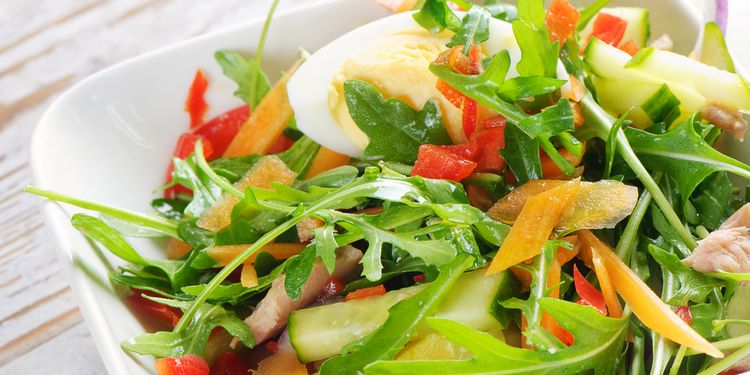
9) Pegan Diet
Dr. Mark Hyman, a leading healthy lifestyle advocate, coined the term “Pegan” and asserts that it’s a best-of-both-worlds approach to eating.
The Pegan Diet is a hybrid of the Paleo and vegan diets. Both Paleo and a healthy vegan diet are sourced from whole, real, unprocessed foods that have been raised in a sustainable way.
Both are low in refined carbohydrates, sugars, and flour while focusing on high-quality, usually organic fruits, vegetables, and fats. These two nutritional ideologies diverge when it comes to meat, legumes, dairy, and eggs, though. What Dr. Hyman recommends is to focus on a diet that has a low glycemic load—more protein and good fats from nuts, seeds, coconut, avocados, olive oil, and sardines. Keep away from other vegetable oils.
Focus mostly on eating plants—about 75% of each meal. Avoid dairy unless you like an occasional treat of goat or sheep’s milk products. Stay away from gluten and minimize your intake of gluten-free whole grains and beans. Meat or animal products should be the smallest portion on your plate, more like a side dish than your entree. Sugar should still be considered a rare goody item.15
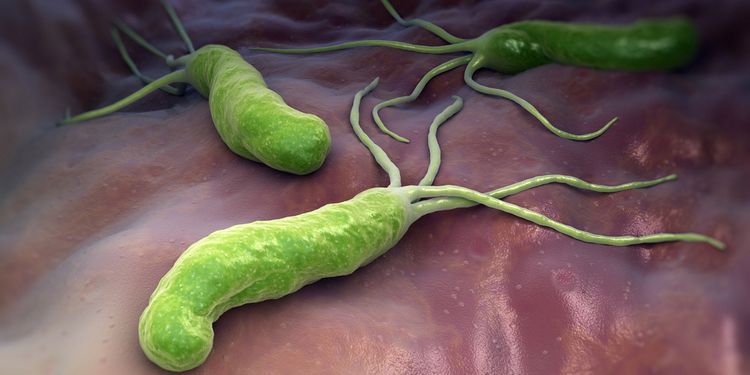
10) Autoimmune Paleo Diet
Autoimmune diseases attack your body from the inside out. Your immune system mistakenly attacks healthy cells in an attempt to ward off perceived threats. The symptoms can be vague and difficult to diagnose.
If you’re experiencing extreme fatigue, or if you have unexplained skin, gut, or joint issues, consider seeing a functional medicine practitioner to help you. One way you could help yourself is to switch your diet to one that supports you in fighting autoimmunity, such as an Autoimmune Paleo Diet (AIP).
Arguably the most recognized figure in the AIP community is Sarah Ballantyne, PhD, aka “The Paleo Mom” — a research scientist who suffered from an autoimmune disease that she successfully treated through diet. She notes that “gut dysbiosis and a leaky gut are believed to be involved in all autoimmune diseases (and are present in every autoimmune disease that’s been tested).
The presence of gut dysbiosis and a leaky gut are directly related to diet and lifestyle (the foods you eat, the foods you don’t eat, how much sleep you get, and how stressed you are).” AIP, like Paleo, centers around eating whole, wild, and organic foods, avoiding legumes, grains, dairy, refined sugar, processed foods, and vegetable oils, with some minor tweaks.
In addition, the AIP doesn’t allow eggs, nuts, seeds, chocolate, coffee, nightshades (cayenne, eggplants, goji berries, hot and sweet peppers, potatoes, red pepper, tomatillos, tomatoes, and any spice made from peppers like paprika), all alcohol, all non-nutritive sweeteners, food emulsifiers or thickeners, yeast, and yucca. She also recommends less than 20g of fructose consumption per day, so that means limited fruit, honey, and root vegetable intake.16
Side-by-Side Comparisons
| Anti-Inflammatory | High Fat | High Protein | Autoimmune | Grain Free | Dairy Free | |
| Paleo | Yes | Yes | Yes | Can Be | Yes | Yes |
| SCD | Yes | Yes | Yes | Yes | Yes | Can Be |
| GAPS | Yes | Yes | Yes | Yes | Yes | No |
| FODMAPs | Yes | Can Be | Can Be | Yes | Yes | No |
| WAP | Yes | Yes | Yes | Can Be | No | No |
| Real Foods | Can Be | Can Be | Can Be | Can Be | Can Be | Can Be |
| Vegan | Yes | No | No | No | No | Yes |
| Raw | Yes | No | Can Be | Can Be | Can Be | Can Be |
| Pegan | Yes | Yes | Yes | Can Be | No | Yes |
| AIP | Yes | Yes | Yes | Yes | Yes | Yes |
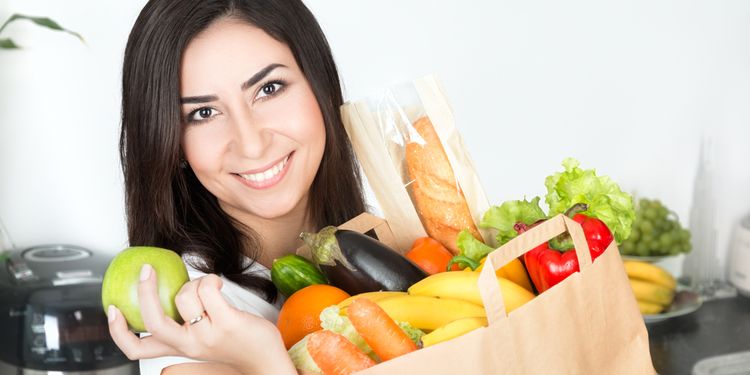
In Summary
There’s no one single diet that’s right for every person. While we share biology, each person is after all a singular being, and therefore what we eat, how we process food, and what makes us healthy or sick is also very individualized.
What you can bank on is that putting real, whole, unprocessed foods into your body is a whole lot better than the alternative. Dr. David Katz, an expert in nutrition and disease prevention, says it best: “A diet of minimally-processed foods close to nature, predominantly plants, is decisively associated with health promotion and disease prevention.”
Whichever diet (or custom variation of it) that you choose to explore, treat it as an adventure. Our bodies are amazing machines, and maintaining them in a choice manner can be fun. The ability to control your health through nutrition is not only amazing, but empowering. And half the work is done if you just pay attention to what your body tells you every time you feed it.
Dr. Katz adds, “If you eat food direct from nature, you don’t even need to think about this. You don’t have to worry about trans fat or saturated fat or salt—most of our salt comes from processed food, not the salt shaker. If you focus on real food, nutrients tend to take care of themselves.”17
Be well and bon appétit!
